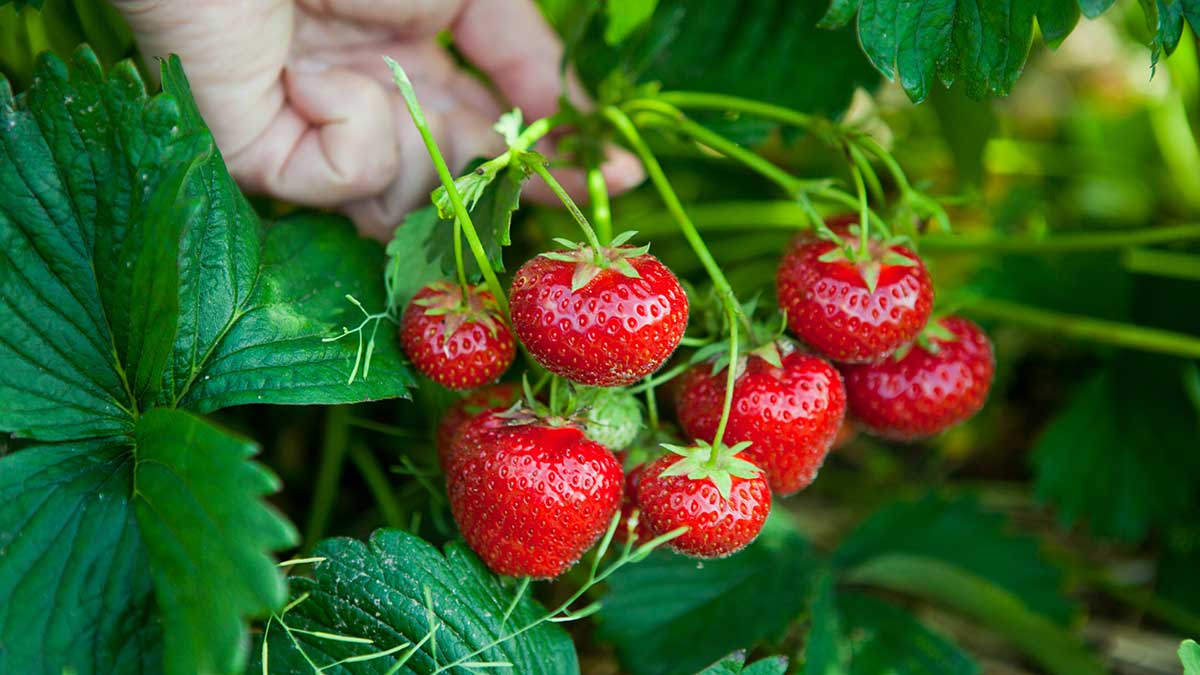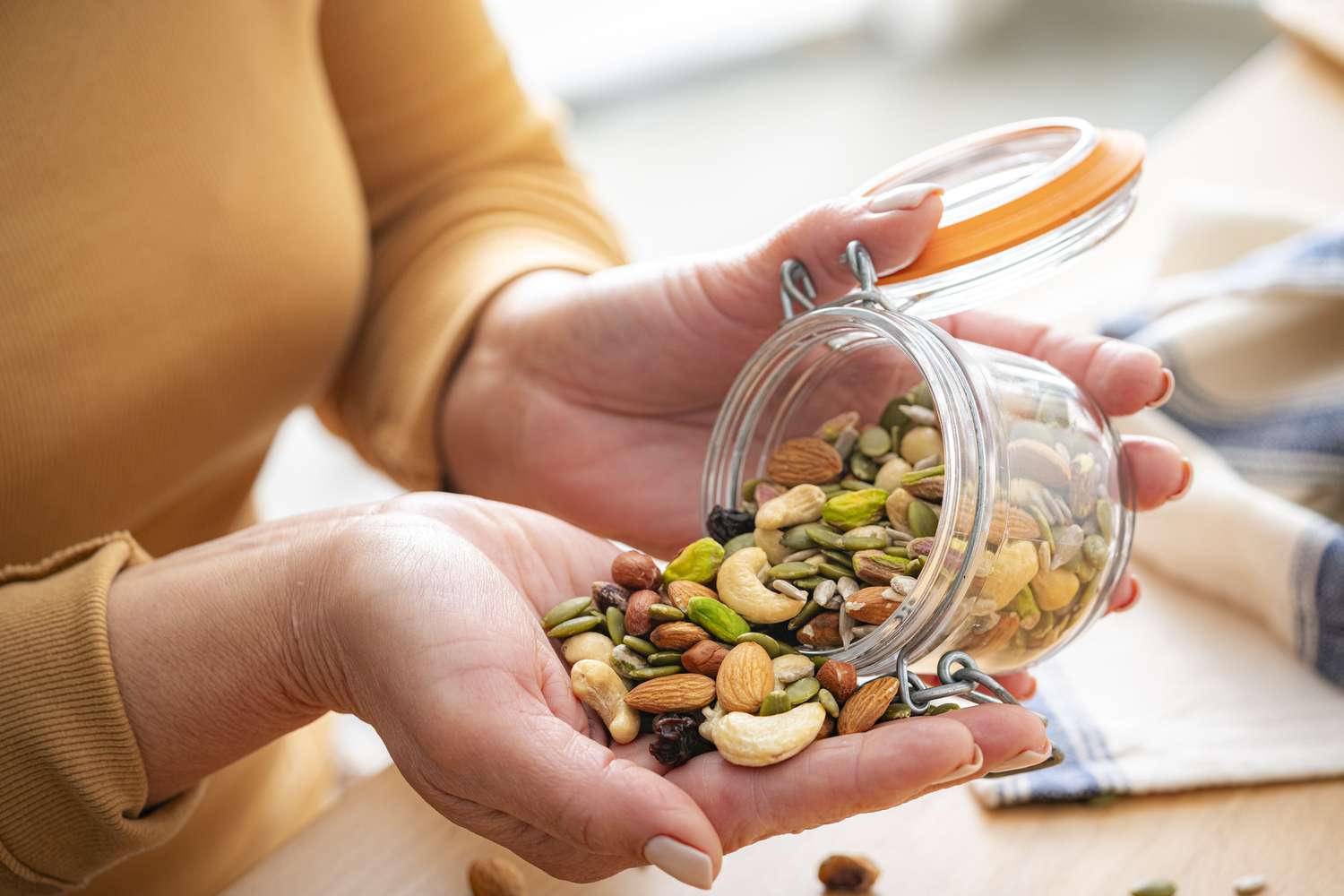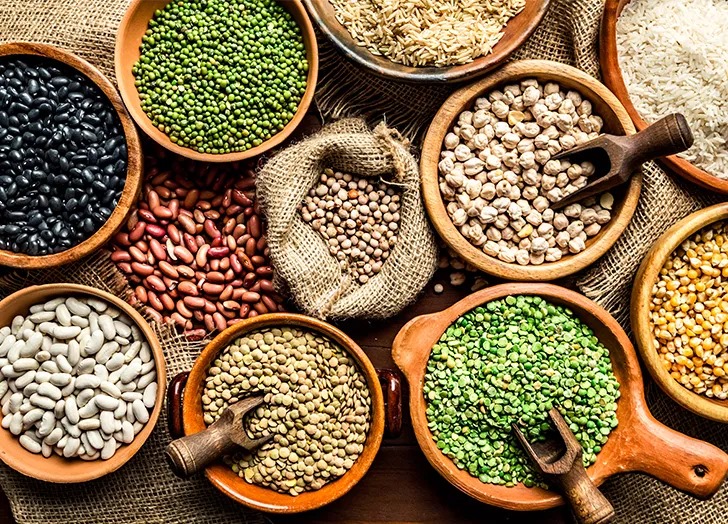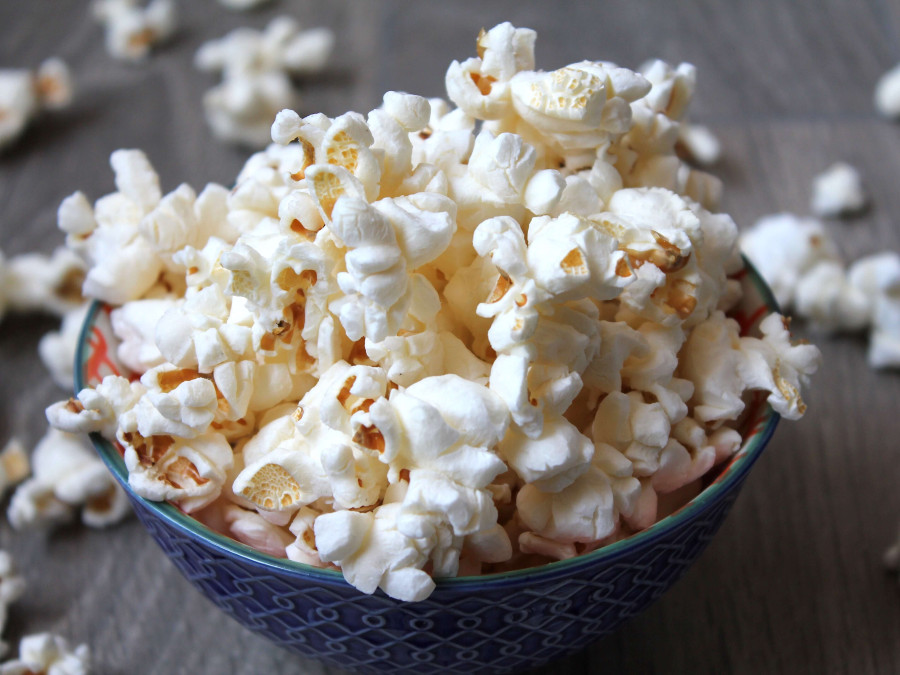Fiber isn’t just good for your digestion—it plays a starring role in nearly every aspect of your well-being. While it quietly passes through your system without being digested, it does essential work behind the scenes: nourishing beneficial gut bacteria, helping regulate blood sugar, reducing cholesterol, and supporting weight management.
Yet despite these benefits, most people consume far less fiber than they should. While experts recommend 25 grams of fiber daily for women and 38 grams for men, the average intake hovers around just 15–17 grams. That gap may not sound like much, but over time, it can lead to sluggish digestion, imbalanced blood sugar, and even increased risk for chronic disease.
Thankfully, boosting your fiber intake doesn’t require complicated meal plans or expensive supplements. It’s as simple as incorporating the right real foods—ones that are naturally high in fiber and rich in other healthful nutrients—into your daily routine.
30 Fiber-Rich Foods to Help You Reach Your Daily Goal
You might already have a few fiber-packed items in your pantry or fridge, but are you getting enough each day? This practical breakdown will help you understand which foods provide the biggest fiber boost and how much you'd actually need to eat to hit that 28-gram daily target.
Vegetables
1. Broccoli Flowerets
Crunchy, fresh, and full of sulforaphane—a powerful antioxidant—broccoli also delivers 3.2 grams of fiber per cup. You’d need about 9 cups to meet your daily fiber requirement, but don’t let that discourage you. Mix it into stir-fries, toss it in salads, or blend it into soups to effortlessly increase your fiber intake.
2. Brussels Sprouts
These miniature cabbages pack in 4 grams of fiber per cup and taste amazing roasted, shaved raw in slaw, or stir-fried with garlic and olive oil. You’d need around 7 cups to reach your fiber goal—but every forkful counts toward better digestion and more satiety.
3. Asparagus
While you’re unlikely to eat 83 spears in one sitting (that’s how many you'd need for a full day's fiber), even smaller amounts add valuable nutrients. For variety, slice them raw into thin strips and use them to garnish salads or sandwiches for a sweet crunch.
4. Artichokes
Just one medium artichoke contains over 6 grams of fiber. Whether you enjoy them steamed with lemon or baked into dips, eating around 4 per day would get you to the 28-gram mark. They're a deliciously underrated fiber bomb.
5. Acorn Squash
This hearty, wintery squash is fantastic when stuffed, roasted, or mashed. You’ll get around 9 grams of fiber from 3 cups. It’s also high in vitamin C, potassium, and antioxidants—perfect for cozy meals.
6. Green Peas
With 9 grams of fiber in each cup, these sweet green spheres are both satisfying and nutritious. You’d only need about 3 cups to hit your daily target. They’re also a great source of protein, iron, and vitamin A.
7. Turnip Greens
Mild in flavor and loaded with beta carotene and vitamin K, these leafy greens work well sautéed or blended into green smoothies. It takes about 5.5 cups to meet your daily needs—making them a fiber-rich alternative to spinach.
8. Carrots
Whether eaten raw, roasted, or pureed, carrots offer 4.68 grams of fiber per cup. Six cups is the magic number to hit 28 grams—but even one cup can contribute to your overall intake while delivering a solid dose of beta carotene.
9. Cauliflower
Riced, mashed, or roasted—cauliflower is a versatile veggie that adapts to nearly any recipe. But for fiber? You’d need about 8.5 cups of cooked cauliflower to hit your goal. It’s low in calories and carbs, making it an excellent choice for those watching both.
Fruits
10. Avocados
This creamy fruit offers 9 grams of fiber per medium avocado, plus healthy monounsaturated fats and potassium. Just 3 of these per day covers your fiber goal—though even one avocado makes a significant dent.
11. Apples
Each apple brings about 4.4 grams of pectin-rich fiber to your plate. While you’d need about 7 to meet your daily requirement, even one makes a great snack—especially with the skin on.
12. Strawberries
Beyond their vitamin C and antioxidant benefits, strawberries contain roughly 4–5 grams of fiber per cup. It takes about 6 cups to get to 28 grams. Try mixing them into yogurt, cereal, or smoothies.
13. Bananas
With 3 grams per medium banana, you’d need to eat 9 in a day to reach the daily goal—but even one helps, especially as part of breakfast or a pre-workout snack.
14. Raspberries
Raspberries are fiber royalty. With 8 grams per cup, two cups a day will meet your full daily target. Toss them into oatmeal, parfaits, or enjoy them by the handful.
Nuts & Seeds
15. Almonds
With 3 grams of fiber per ounce, almonds are a crunchy, versatile way to up your intake. One full cup does the trick—but even a small handful contributes meaningfully.
16. Pecans
Slightly softer than almonds but still fiber-rich, one cup of pecans delivers what you need for the day. They also bring zinc, antioxidants, and healthy fats to the table.
17. Peanuts
A comfort food staple and high-fiber snack in one, peanuts offer solid nutrition. Around 1 cup of roasted, unsalted peanuts will meet your fiber goal.
18. Walnuts
These omega-3 rich nuts are great for heart health and digestion. Two cups a day will get you to the 28-gram target, but smaller servings still pack benefits.
19. Chia Seeds
Tiny but mighty, each tablespoon of chia seeds contains 4 grams of fiber. Just 7 tablespoons (a bit under half a cup) will meet your needs—plus they double as thickeners in puddings and smoothies.
Legumes
20. Navy Beans
Creamy, filling, and perfect in baked dishes or hearty stews, navy beans are fiber powerhouses. With roughly 19 grams per cup, you only need 1.5 cups of cooked navy beans to reach the recommended daily amount. They’re also rich in plant-based protein and iron.
21. Split Peas
Don’t let the name fool you—these legumes aren’t just for soup. Split peas boast over 16 grams of fiber per cooked cup. Just 1.5 cups of this simple yet satisfying ingredient will meet your daily fiber intake. Try them pureed into spreads or added to grain bowls for variety.
22. Pinto Beans
Popular in Latin American cuisine, pinto beans are not only flavorful but also offer 15 grams of fiber per cup. About 2 cups of cooked pintos—perhaps in burritos, soups, or veggie burgers—can help you reach the fiber goal with ease.
23. Kidney Beans
Firm, hearty, and commonly used in chili, kidney beans are excellent fiber providers. With 13.1 grams of fiber per cup, about 2 cups is all you need to hit your daily target. Their resistant starch also benefits gut bacteria.
24. Soybeans
Less fibrous than other legumes but still valuable, cooked soybeans give you 7.5 grams per cup. You’d need around 3.5 cups to meet your full fiber needs. Add edamame to stir-fries, salads, or eat them on their own as a quick snack.
25. Lentils
Red, green, or brown—lentils are one of the easiest legumes to cook and include in meals. A single cup delivers more than 15 grams of fiber, meaning just two cups a day can get you to your fiber goal. Use them in curries, soups, or as meat substitutes in burgers.
Grains
26. Barley
Chewy and satisfying, barley delivers a powerful dose of soluble fiber—particularly beta-glucan. You’ll need about 2 cups of cooked barley to reach your daily target. Add it to salads, serve it with roasted vegetables, or use it in grain bowls.
27. Whole Grain Pasta
Not all pasta is created equal. Whole grain varieties offer more than double the fiber of refined versions. One cup has over 5 grams of fiber, so you’d need around 5 cups to meet your daily needs. Balance it with veggies and proteins to round out the meal.
28. Quinoa
This gluten-free grain-like seed contains 5.18 grams per cooked cup—around 40% more than brown rice. It’ll take about 5.5 cups to hit 28 grams of fiber, but even one serving adds fiber, protein, and essential minerals.
29. Oats
Classic, comforting, and extremely fiber-rich, oats contain both soluble and insoluble fibers. At 4 grams per cup, you'd need about 7 cups of cooked oatmeal per day to reach the recommended intake—but even one hearty bowl in the morning makes a strong start.
30. Popcorn
Yes, popcorn counts! Air-popped popcorn has about 1.2 grams of fiber per cup. But here’s the twist—you’d need to eat roughly 1.5 gallons of it to meet the 28 grams. Better to enjoy it as a supplement to more fiber-dense choices. Flavor it naturally with herbs, nutritional yeast, or olive oil instead of butter and salt.
Understanding Fiber Types and What They Do for You
All dietary fiber falls into two broad categories: soluble and insoluble. While both are essential, they behave quite differently in the body and provide unique benefits.
Insoluble Fiber
This type doesn’t dissolve in water and is only partially fermented by gut bacteria. Its coarse structure adds bulk to stool and helps push waste through the digestive tract. Think of it as a gentle broom for your colon. You’ll find it in wheat bran, cauliflower, and other fibrous vegetables.
Soluble Fiber Subtypes:
-
Soluble, Nonviscous, Fermentable
Found in ingredients like inulin and dextrin, this type dissolves in water but doesn’t form gels. It’s easily fermented by gut bacteria, which supports microbial diversity but can also cause gas. Not ideal as a laxative, but great for gut health. -
Soluble, Viscous, Non-Gel Forming, Non-Fermentable
These fibers thicken but don’t gel. They can increase stool volume without being broken down by bacteria. Examples include methylcellulose and calcium polycarbophil—often used in over-the-counter fiber supplements. -
Soluble, Viscous, Gel-Forming, Fermentable
This category includes beta-glucan (from oats and barley) and guar gum. These fibers form a gel in the digestive tract, slowing digestion and helping regulate cholesterol and blood sugar. However, because they are fermentable, their effect on stool bulk is reduced. -
Soluble, Viscous, Gel-Forming, Non-Fermentable
The gold standard for fiber supplements—psyllium fits this description. It forms a thick gel, traps cholesterol, slows sugar absorption, and adds bulk to stool—without feeding gas-producing bacteria. This makes it especially useful for managing constipation and metabolic health.
What Is Psyllium—and Why It Works
Psyllium husk, the main fiber in products like Metamucil, is a soluble, viscous, gel-forming, and non-fermentable fiber. That unique combination allows it to:
-
Form soft, bulky stools that pass easily
-
Lower total and LDL cholesterol
-
Regulate post-meal blood sugar levels
-
Support fullness and reduce appetite after eating
Unlike fermentable fibers, psyllium doesn’t lead to gas or bloating for most people, making it one of the most well-tolerated forms of fiber—especially in supplemental form.
Before making any major changes to your diet or adding supplements like psyllium, talk with a healthcare professional. Also, increase fiber intake slowly to avoid digestive discomfort, and always drink plenty of water to help fiber move smoothly through your system.
















